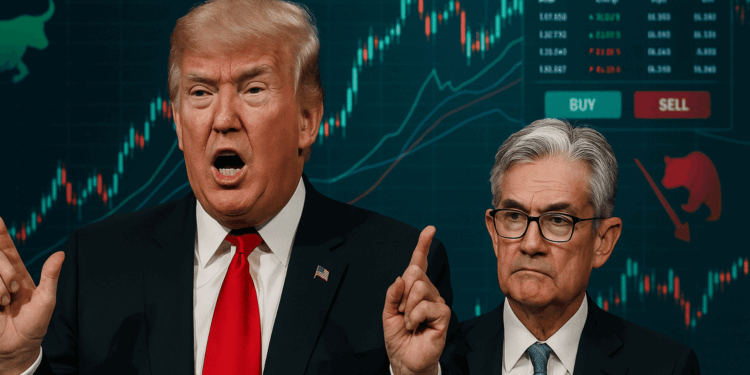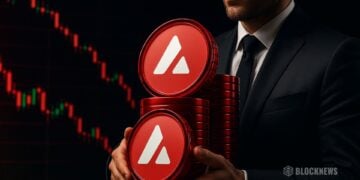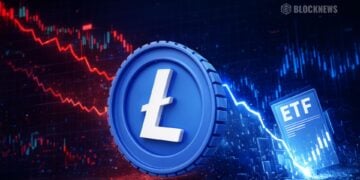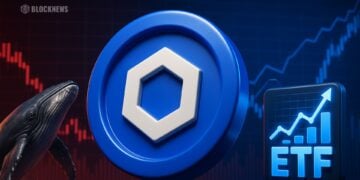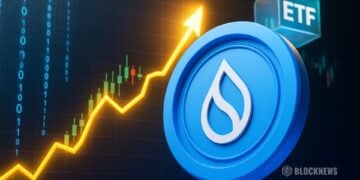- Trump slammed Powell for moving too slowly on rate cuts, demanding immediate action.
- The Fed is signaling possible cuts in September but tying them to labor and inflation data.
- Markets are leaning dovish, with traders betting cuts will arrive sooner despite political friction.
Trump is back in the spotlight blasting the Federal Reserve for moving too slowly on interest rates, claiming Powell should have acted a year ago. Let us take a closer look at the tension between the White House, Wall Street, and the central bank, and how it impacts markets and everyday Americans.
Fed Signals a Shift
The Federal Reserve is carefully signaling a potential rate cut in September as payroll growth slows and unemployment remains low but fragile. Powell emphasized that tariffs have pushed some prices higher while inflation risks persist, and that any decision will depend on upcoming employment and inflation reports. Investors immediately reacted, pushing stock markets higher and adjusting bets for cuts both this fall and by year-end.
Trump Turns Up the Heat
Trump slammed Powell as Too Late, insisting the Fed should have cut rates a year ago and demanding immediate action. He veered into military spending and foreign policy while keeping the spotlight on his economic agenda. Calls for Powell and Fed Governor Lisa Cook to resign have escalated tensions, though legal safeguards keep the central bank insulated from direct White House control.
What Does this Mean?
The clash between the White House and the Fed is rattling markets and shaping expectations for borrowing costs, mortgages, and business investment. Investors are pricing in rate cuts sooner than anticipated, signaling confidence in a more dovish Fed despite political noise. For everyday Americans, these moves could affect loans, savings, and the broader economic outlook over the coming months.
Future Outlook
In conclusion, the Fed is signaling caution, Trump is demanding action, and the economy is caught in the crossfire. So, as Powell walks a tightrope between data and politics, the coming months will test the Fed’s independence and market stability, with every move closely watched by investors and the public alike.


